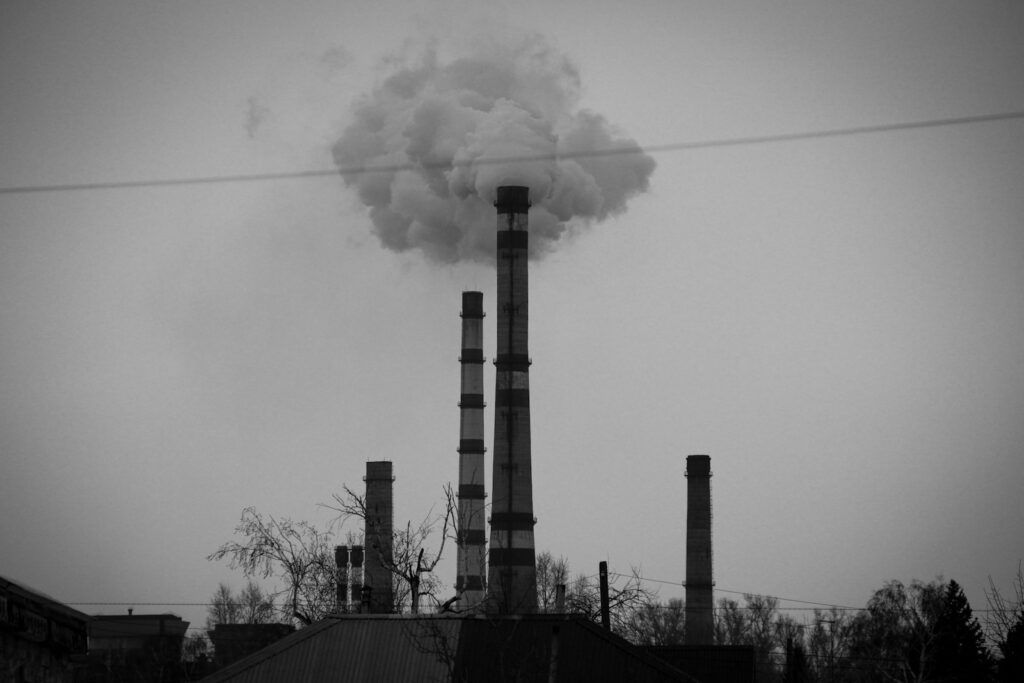
The quality of the air we breathe has a profound and undeniable impact on our overall health, particularly on our respiratory system. Air pollution, a pervasive global challenge, stands as one of the leading causes of respiratory disease worldwide, impacting individuals across all ages and demographics. Understanding the specific components of this pollution and their mechanisms of harm is the first vital step towards safeguarding our lungs and promoting better health.
When we inhale polluted air, our bodies are exposed to a complex mixture of tiny particles and gases. These contaminants can penetrate deep into the lungs, where they trigger a cascade of detrimental responses, including inflammation and oxidative stress. Over time, this chronic exposure and the resulting biological responses can significantly contribute to the development or worsening of serious respiratory conditions, such as asthma, chronic obstructive pulmonary disease (COPD), and chronic bronchitis.
Pulmonary physicians consistently emphasize the critical importance of recognizing these environmental and indoor threats to respiratory well-being. This article, informed by the insights of medical experts, aims to illuminate the most dangerous air pollutants, delineate their specific effects on lung health, and identify those most vulnerable to their impact. By enhancing our collective understanding, we can better equip ourselves to protect our lungs and foster a healthier respiratory future.

1. **Particulate Matter (PM2.5): The Invisible Threat**Particulate matter, particularly PM2.5, represents a significant and insidious threat to human respiratory health. These are microscopic particles, with a diameter of less than 2.5 micrometers, allowing them to bypass natural defenses and penetrate deep into the lungs. Upon entering, PM2.5 triggers localized inflammatory responses and contributes to oxidative stress within lung tissues, a key mechanism of pollution’s adverse effects.
The pervasive presence of ambient air pollution, heavily laden with PM2.5, has been consistently linked to severe health outcomes. Medical research indicates that long-term exposure to these particles significantly increases mortality risk. This elevated risk is observed even at concentrations that fall below current national guidelines, underscoring its serious implications.
Beyond direct lung damage, PM2.5 can have broader health consequences. These microscopic particles not only damage lung tissue and impair immune defense but also have the capacity to affect the heart. This highlights how respiratory health is intrinsically linked to cardiovascular well-being, a point frequently emphasized by pulmonary physicians.

2. **Nitrogen Dioxide (NO₂): A Silent Danger from Vehicles**Nitrogen dioxide (NO₂) stands as another prominent air pollutant, posing a silent yet significant danger to respiratory health. Its primary source is unequivocally identified as vehicle exhaust, making it a constant concern in urban environments. Constant exposure, particularly near busy roadways, can inflict considerable damage on delicate lung tissues by acting as an irritant and contributing to inflammation and oxidative stress.
The cumulative effect of NO₂ exposure can significantly impair the lungs’ immune defense mechanisms. When these defenses are weakened, individuals become more susceptible to respiratory infections and other environmental irritants. This diminished capacity to fight off pathogens and clear airborne particles further exacerbates the vulnerability of the pulmonary system.
For individuals already managing chronic respiratory conditions, NO₂ exposure can be particularly problematic. It has the potential to worsen conditions like asthma, triggering flare-ups and increasing symptom severity. Pulmonary physicians consistently advise that reducing exposure to vehicle exhaust is a crucial strategy for patients with sensitive airways to better manage their health.
3. **Ozone (O₃): The Sunlight-Activated Respiratory Hazard**Ozone (O₃) is a complex and highly reactive gas, representing a significant respiratory hazard. Unlike protective stratospheric ozone, ground-level ozone is a pollutant formed by chemical reactions in sunlight, making concentrations highest on sunny, hot days. When inhaled, ozone directly irritates and damages the delicate lining of the airways and lungs, triggering inflammation and oxidative stress.
The damage inflicted by ozone extends beyond immediate irritation; it can compromise overall lung function. Long-term or repeated exposure to elevated ozone levels can lead to a reduction in lung capacity and elasticity, making it harder to breathe effectively. This is particularly concerning for those with higher exposure, such as athletes and outdoor workers.
Moreover, ozone exposure is known to exacerbate pre-existing respiratory conditions. For individuals with asthma, COPD, or chronic bronchitis, elevated ozone can significantly worsen symptoms and lead to more frequent flare-ups. Pulmonary physicians monitor forecasts and advise vulnerable patients to limit outdoor activities when concentrations are high, emphasizing prevention.
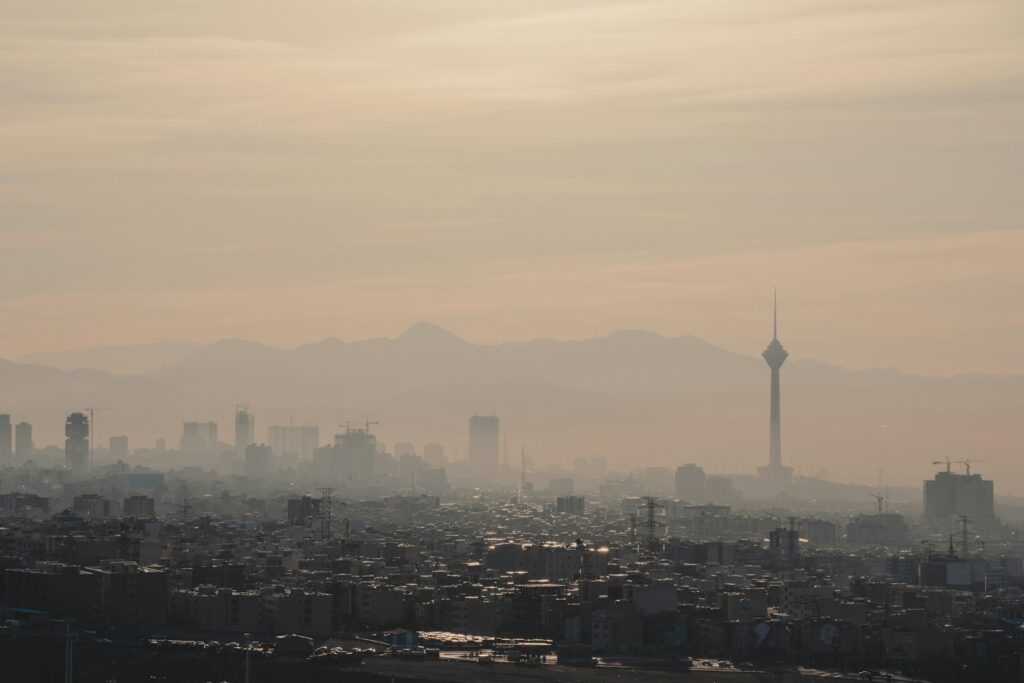
4. **The Broader Impact of Air Pollution on Lung Health**Air pollution, in its entirety, exerts a multifaceted and profoundly detrimental influence on the human pulmonary system. When we inhale this complex cocktail of contaminants, they enter deep into our lungs, triggering defensive reactions characterized by inflammation and oxidative stress. This forms the bedrock of pollution-induced lung damage.
The persistent nature of environmental exposure means these reactions evolve into chronic conditions. Pulmonary physicians confirm air pollution is a significant factor in developing and exacerbating severe respiratory diseases, including asthma, chronic obstructive pulmonary disease (COPD), and chronic bronchitis. These conditions are marked by inflamed airways and progressive lung deterioration.
Beyond specific ailments, pollutants damage lung tissue directly and impair crucial immune defense mechanisms, increasing susceptibility to infections. Notably, these pollutants can also affect the heart, highlighting systemic harm. Both short- and long-term exposure have been shown to increase mortality risk, even below national guidelines, and ambient air pollution is definitively associated with lung cancer, particularly from long-term PM2.5 exposure.
Read more about: 12 Crucial Car Realities Salespeople Wish You’d Understand to Enhance Your Purchase Journey
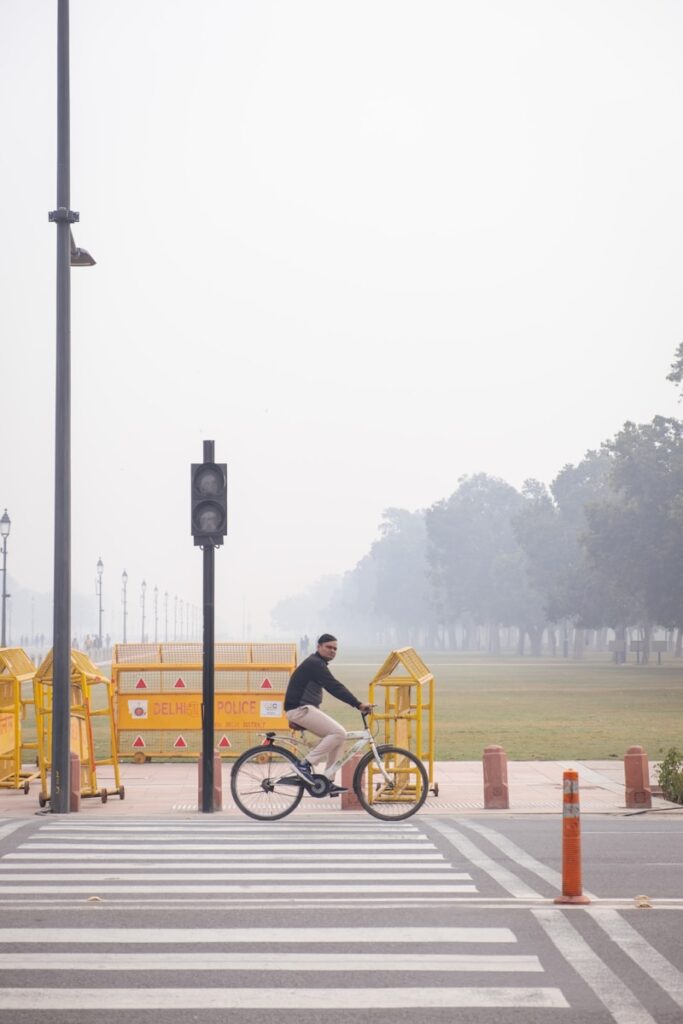
5. **Understanding Who’s Most at Risk: Vulnerable Populations**While air pollution poses a universal threat, its impact is not uniformly distributed. Certain demographic groups and individuals exhibit heightened vulnerability, experiencing more severe adverse effects, a crucial insight for targeted prevention. Among the most vulnerable are children, whose developing lungs are highly susceptible to damage, and seniors, whose aging lungs may have reduced repair and immune response capacities.
Individuals with existing lung disease form another critical high-risk group. For those battling asthma, COPD, or chronic bronchitis, air pollution can have immediate and severe consequences, specifically worsening flare-ups and increasing symptom severity. Pulmonary care for these patients often includes diligent air quality monitoring and medical guidance.
Geographical location and occupational factors also determine vulnerability. Urban residents and outdoor workers face higher exposure in congested areas due to constant vehicle exhaust and industrial emissions. Their prolonged time outdoors inevitably leads to greater exposure to ambient air contaminants, making them a priority for preventative health advice from physicians.
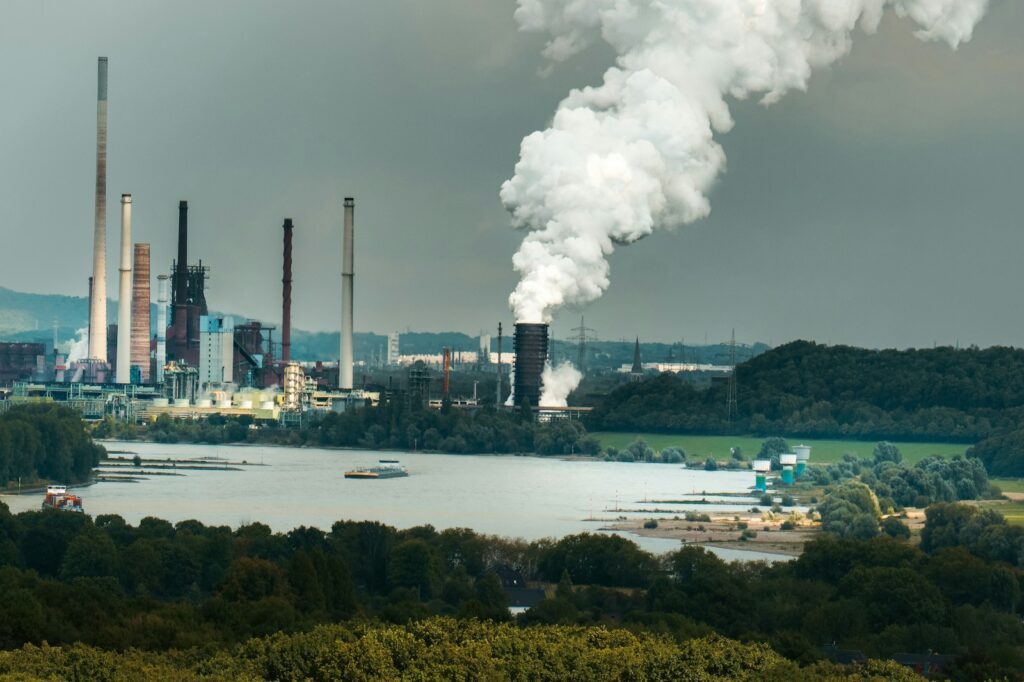
6. **The Overlooked Dangers of Indoor Air Quality**While much public discourse often centers on outdoor atmospheric conditions, it is imperative not to overlook indoor air quality. Pulmonary physicians stress that indoor air can be just as harmful, if not more so, than outdoor air, particularly within poorly ventilated environments. Given that most individuals spend significant time indoors, the quality of this air directly impacts long-term respiratory health.
The challenge with indoor air quality lies in its insidious nature. Unlike the immediate awareness of outdoor smog, indoor contaminants can accumulate unnoticed, especially in spaces lacking adequate air exchange. Poor ventilation traps pollutants, allowing them to reach concentrations significantly higher than outdoor levels, creating a hidden health hazard in homes, schools, and workplaces.
This means individuals can be unknowingly exposed to harmful substances even when avoiding outdoor pollution. The design of modern buildings, focused on energy efficiency, can inadvertently limit fresh air circulation. Therefore, actively managing indoor air quality is a cornerstone of comprehensive respiratory care and preventative medicine, vital for protecting lungs effectively and addressing the cumulative effects of everyday pollutants.
Read more about: The DIY Do-Nots: 14 Home Repair Shortcuts That Drive Pros Crazy (And Cost You Later!)
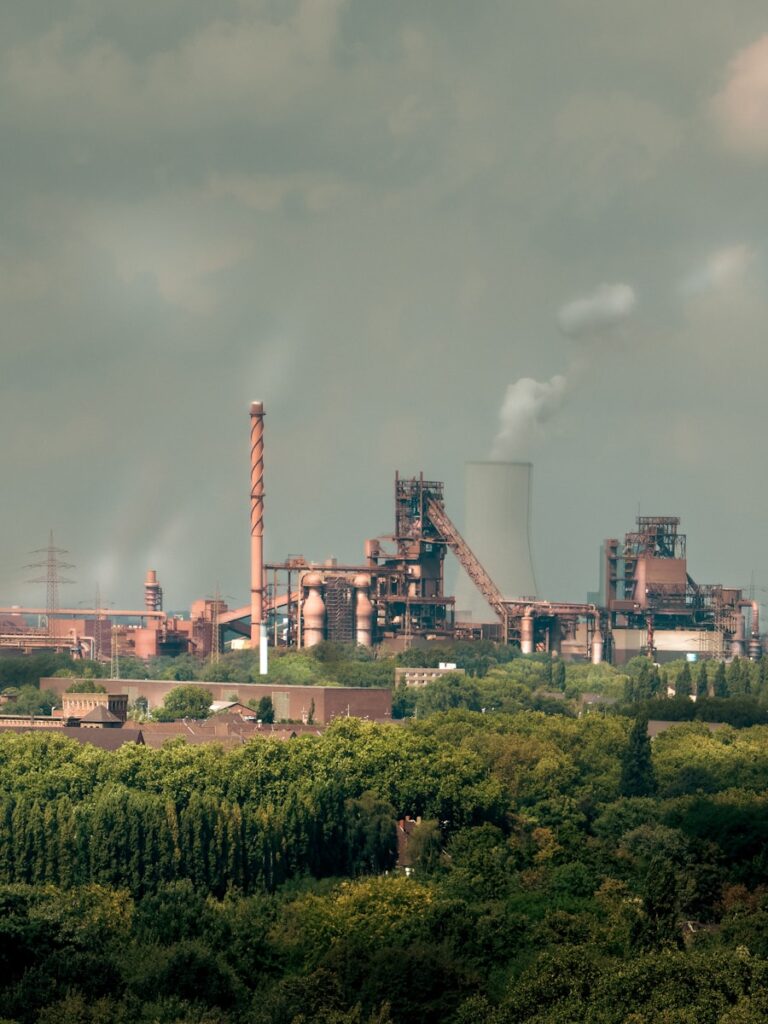
7. **Indoor Air Pollutant: Smoke and Its Pervasive Threat**Among various indoor air pollutants, smoke stands out as a particularly pervasive and detrimental threat to respiratory health. Whether from tobacco, cooking, or poorly vented heating, indoor smoke releases a complex mixture of harmful particles and gases directly into enclosed spaces. These contaminants are readily inhaled, impacting delicate respiratory tissues by triggering irritation, inflammation, and oxidative stress, similar to outdoor PM2.5.
The chronic presence of indoor smoke not only contributes to the development of respiratory diseases but also significantly exacerbates existing ones. It is a known trigger for asthma attacks and can worsen the progression of COPD and chronic bronchitis. This continuous assault on lung cells diminishes their ability to repair, potentially leading to irreversible damage over time, making smoke one of the most dangerous indoor contaminants.
Pulmonary physicians universally advocate for the complete elimination of indoor smoke to protect lung health. “Keeping your home smoke-free” is highlighted as a vital preventive strategy, extending beyond active smoking to include residual smoke from any source. This reduces exposure for all occupants, especially vulnerable populations like children and seniors. This crucial step supports overall lung resilience and contributes to a better quality of life.
Continuing our in-depth examination of myriad threats to respiratory health, we now focus on additional significant indoor air pollutants that silently impact our well-being. Following this, we will delve into a comprehensive suite of actionable preventive strategies and protective measures, all recommended by pulmonary physicians, designed to empower individuals in safeguarding their lungs against these ubiquitous challenges. These measures range from advanced air purification techniques and thoughtful ventilation practices to diligent personal protection and crucial regular health assessments.
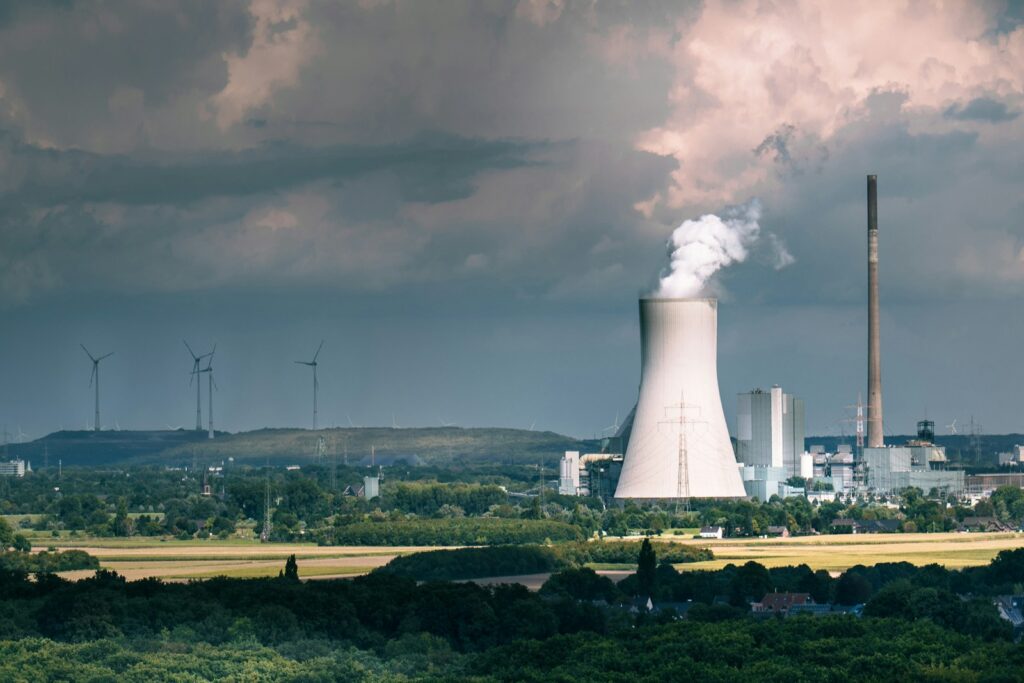
8. **Indoor Air Pollutant: Chemicals from Cleaning Products**Beyond obvious pollutants like smoke, many common household cleaning products introduce an array of chemicals into our indoor environments, posing a distinct and often underestimated risk to lung health. These products frequently release volatile organic compounds (VOCs), ammonia, and chlorine-based compounds into the air, acting as potent irritants to delicate respiratory lining when inhaled.
Even routine cleaning tasks can lead to acute symptoms for sensitive individuals, including eye, nose, and throat irritation, headaches, and shortness of breath. For those with pre-existing conditions such as asthma or chronic bronchitis, exposure to these chemical fumes can precipitate severe exacerbations, making it challenging to maintain stable respiratory function. Pulmonary physicians frequently observe a direct link between cleaner use and increased symptom severity.
To mitigate these risks, pulmonary physicians advise a mindful approach. Prioritizing “green” or “fragrance-free” products, which typically contain fewer harsh chemicals, is an important step. Ensuring adequate ventilation by opening windows or using exhaust fans during and after cleaning is crucial for dispersing fumes, reducing chemical exposure without compromising cleanliness or contributing to chronic inflammation.
9. **Indoor Air Pollutant: Mold**Mold, a ubiquitous fungal growth, represents another significant indoor air pollutant that can severely compromise respiratory health. It thrives in damp, humid conditions, making bathrooms, basements, and areas affected by leaks prime locations for its proliferation. Mold spores become airborne and are readily inhaled, acting as potent allergens and irritants to the respiratory system.
Exposure to mold can trigger a range of adverse health effects, particularly for individuals with allergic sensitivities or asthma. Symptoms often include sneezing, runny nose, red eyes, skin rash, and asthmatic reactions like wheezing, chest tightness, and shortness of breath. For asthmatics, even low levels of airborne mold spores can lead to severe attacks. Certain types of mold also produce mycotoxins, which may have more severe impacts in contaminated environments.
Preventing mold growth is paramount for protecting lung health. This involves controlling indoor humidity, promptly repairing leaks and water damage, and ensuring proper ventilation in high-moisture areas. If mold is present, pulmonary physicians recommend professional remediation for extensive growth to ensure its complete and safe removal, thereby minimizing ongoing respiratory exposure and supporting overall lung resilience.
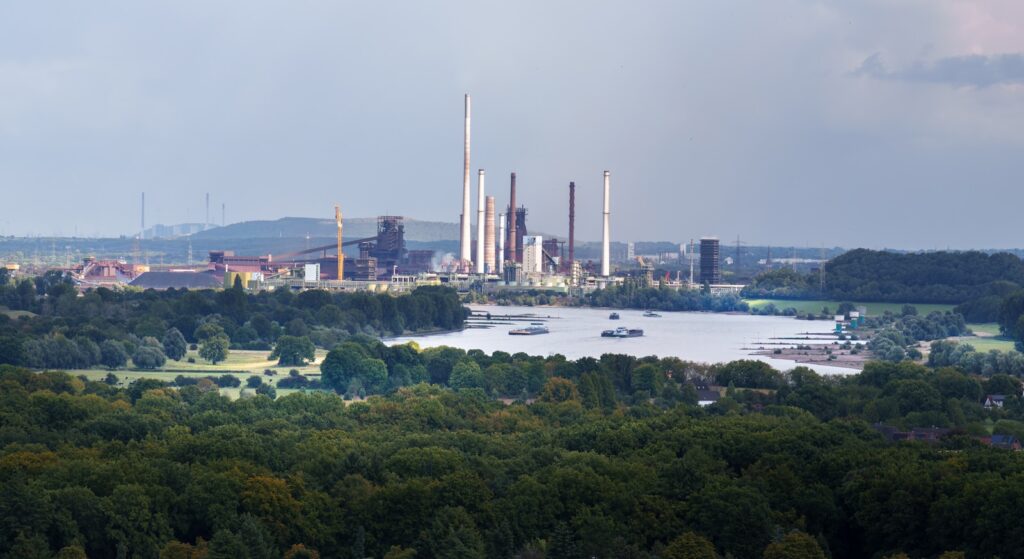
10. **Preventive Strategy: Air Purification**Given the persistent challenge of both outdoor and indoor air pollutants, employing active air purification systems emerges as a critical preventive strategy for safeguarding respiratory health. These devices are specifically designed to filter out harmful particles, gases, and microorganisms from the air, creating a cleaner and safer breathing environment within homes and workplaces.
High-Efficiency Particulate Air (HEPA) filters are particularly effective, engineered to capture at least 99.97% of airborne particles 0.3 micrometers in diameter, including fine particulate matter (PM2.5), dust, pollen, and mold spores. Their mechanical filtration effectively removes microscopic threats from circulation, significantly reducing the lung’s exposure burden and providing crucial protection during high outdoor pollution.
Integrating a HEPA air purifier into living spaces, particularly in bedrooms, can reduce symptom frequency and severity for those with allergies, asthma, or chronic respiratory conditions. Pulmonary physicians recommend selecting purifiers with appropriate Clean Air Delivery Rate (CADR) for room size and ensuring regular maintenance, including timely filter replacement, for optimal performance.

11. **Preventive Strategy: Effective Ventilation Practices**Robust and effective ventilation practices are indispensable for maintaining healthy indoor air quality and, consequently, robust lung health. Ventilation refers to exchanging indoor air with outdoor air, which dilutes accumulated indoor pollutants, reduces humidity, and introduces fresh oxygen, especially critical in modern, tightly sealed buildings.
Simple yet impactful steps can significantly improve indoor air exchange. Regularly opening windows, particularly when outdoor pollution is low, allows stale, pollutant-laden air to escape. Utilizing exhaust fans in kitchens removes combustion byproducts and odors, while bathroom exhaust fans expel moisture, preventing mold growth and supporting a less hospitable environment for biological contaminants.
Pulmonary physicians underscore that consistent, thoughtful ventilation is a cornerstone of a lung-healthy home. This involves not only active measures like fan use but also ensuring that HVAC systems are properly maintained and air vents are unobstructed. Pairing activities that generate pollutants with increased ventilation provides vital protection for everyone’s respiratory system.
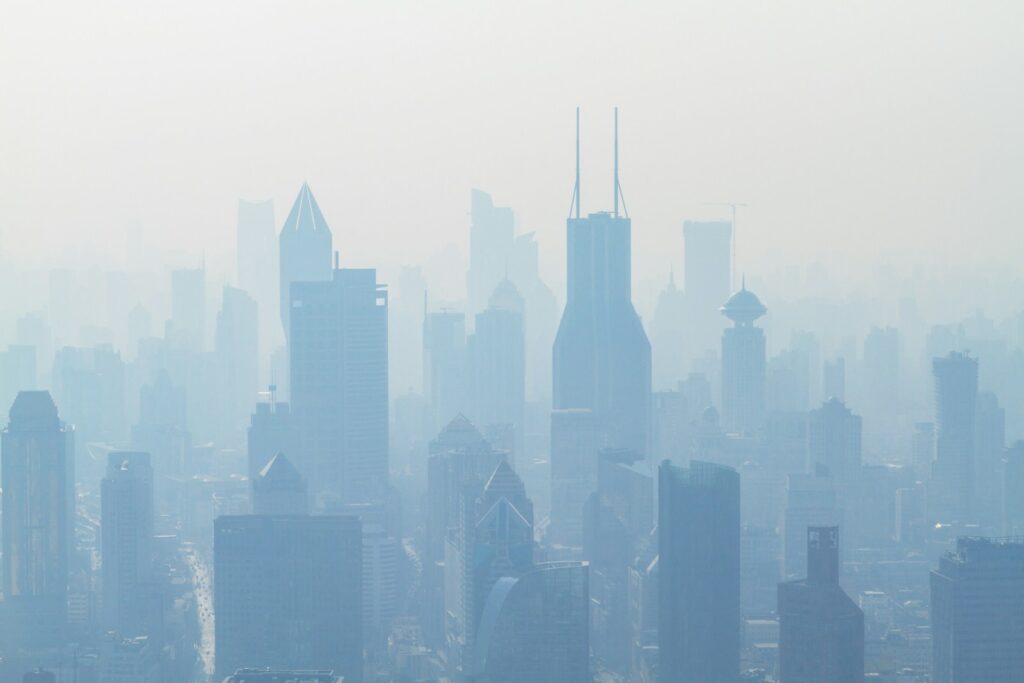
12. **Preventive Strategy: Monitoring Local Air Quality**An essential, proactive measure for protecting lung health is diligent monitoring of local air quality. Environmental conditions can fluctuate significantly, directly impacting the safety of outdoor activities and even the decision to open windows. Being informed about current and forecast pollution levels empowers individuals to make intelligent choices that minimize their exposure risks.
Numerous resources are readily available to provide real-time air quality information, including government environmental agencies, local weather reports, and specialized smartphone applications. These often provide Air Quality Index (AQI) values, translating complex pollutant data into an easy-to-understand, color-coded scale that offers clear guidance on potential health concerns for different groups.
Pulmonary physicians advise patients, especially those with pre-existing lung conditions, to regularly check the AQI before engaging in outdoor exercise or prolonged activities. On days when air quality is moderate or worse, reducing activity intensity or duration, or shifting it indoors, can significantly lower pollutant inhalation. This strategic adjustment is a powerful tool in managing respiratory health and proactively minimizing chronic exposure.
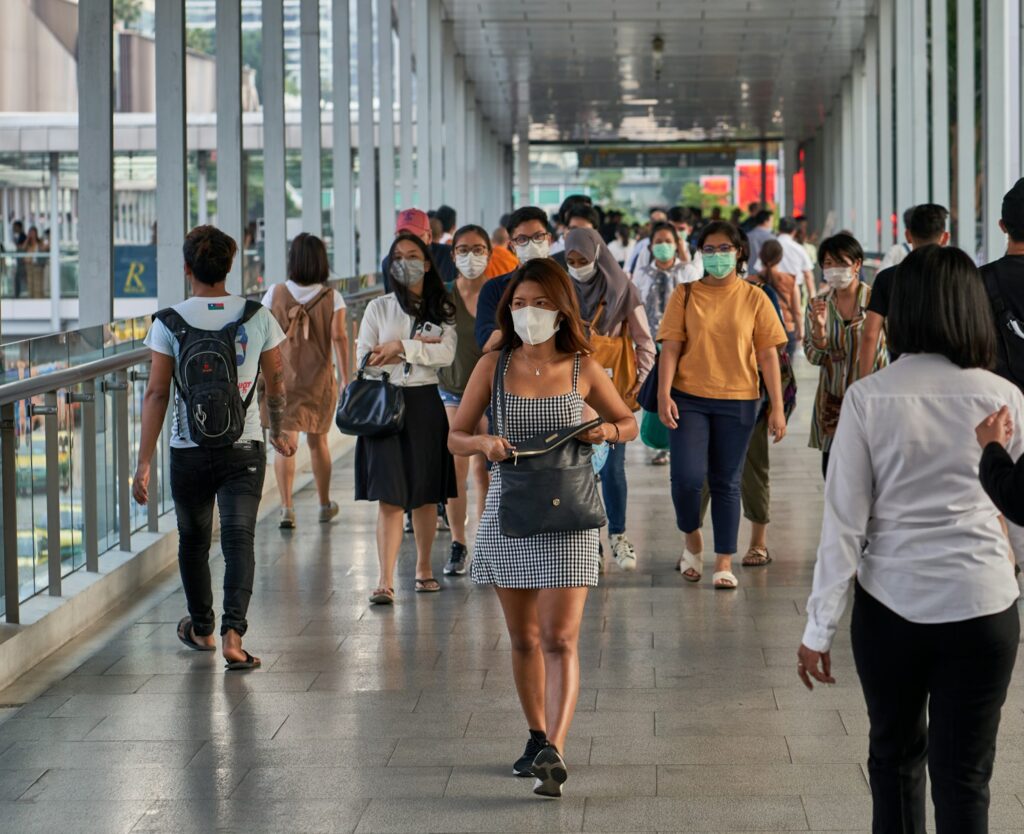
13. **Preventive Strategy: Personal Protective Equipment (PPE) and Limiting Outdoor Exposure**In situations where air pollution levels are significantly elevated, personal protective equipment (PPE), particularly N95 masks, becomes a crucial line of defense for safeguarding the lungs. These specialized respirators are designed to filter out at least 95% of airborne particles, including fine particulate matter (PM2.5) that penetrates deepest into the respiratory system, essential during acute pollution events like wildfires or severe smog.
An N95 mask functions by creating a tight seal around the face, forcing inhaled air through its dense filter material, effectively blocking microscopic particles, allergens, and irritants. Proper fit is paramount for effectiveness. Beyond masks, a fundamental protective measure during extreme pollution days is simply limiting outdoor exposure. Pulmonary physicians consistently advise vulnerable individuals to stay indoors when pollution levels reach hazardous thresholds, as modern homes can offer a sanctuary.
This dual strategy of employing appropriate PPE when brief outdoor excursions are unavoidable and remaining indoors during severe events creates a comprehensive shield for the lungs. It is a practical application of understanding air quality data and taking immediate, decisive action to reduce the inhalation of harmful substances, thereby protecting delicate respiratory tissues from acute damage and chronic stress.

14. **Preventive Strategy: Regular Pulmonary Health Assessments**The most indispensable and overarching preventive strategy for long-term lung health, particularly in the face of pervasive air pollution, is regular pulmonary health assessments conducted by qualified physicians. These routine check-ups provide a crucial opportunity to monitor lung function, detect early signs of damage or disease, and receive personalized, evidence-based guidance on managing environmental exposures.
Assessments typically involve physical examinations, detailed medical history reviews, and specialized lung function tests like spirometry, which measures air inhaled and exhaled. These tests offer vital insights into lung capacity and airflow, helping track disease progression and treatment effectiveness. They also allow physicians to identify vulnerable individuals and provide targeted preventive advice.
Pulmonary physicians emphasize that annual check-ups are especially critical for individuals residing in areas with consistently poor air quality, smokers or former smokers, those with chronic respiratory diseases, and individuals exposed to occupational hazards. Engaging proactively with pulmonary care ensures a comprehensive, individualized approach to protecting and nurturing lung health in a world where clean air is an increasingly precious commodity.
—
The pervasive threat of air pollution to our respiratory well-being is undeniable, yet it is also a challenge we can confront with informed action and proactive strategies. From understanding the insidious nature of both outdoor and indoor contaminants to embracing a suite of preventive measures, each step we take contributes to a healthier future for our lungs. By conscientiously managing our indoor environments, staying vigilant about local air quality, employing protective gear when necessary, and maintaining regular dialogue with pulmonary health professionals, we empower ourselves to breathe better and live fuller lives. The journey to optimal lung health is a continuous one, requiring awareness, dedication, and the steadfast commitment to protecting our most vital breath.


